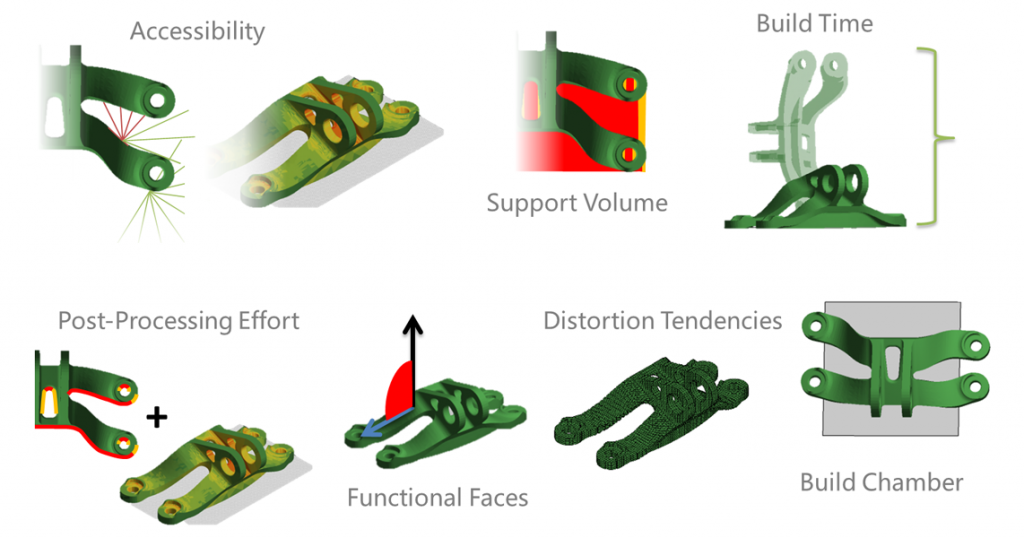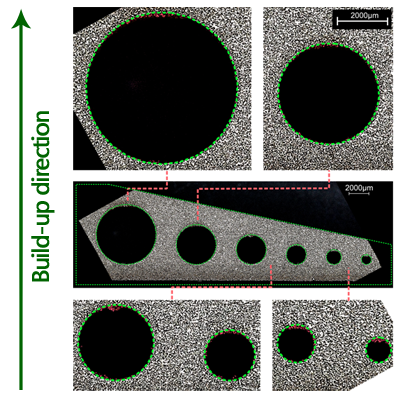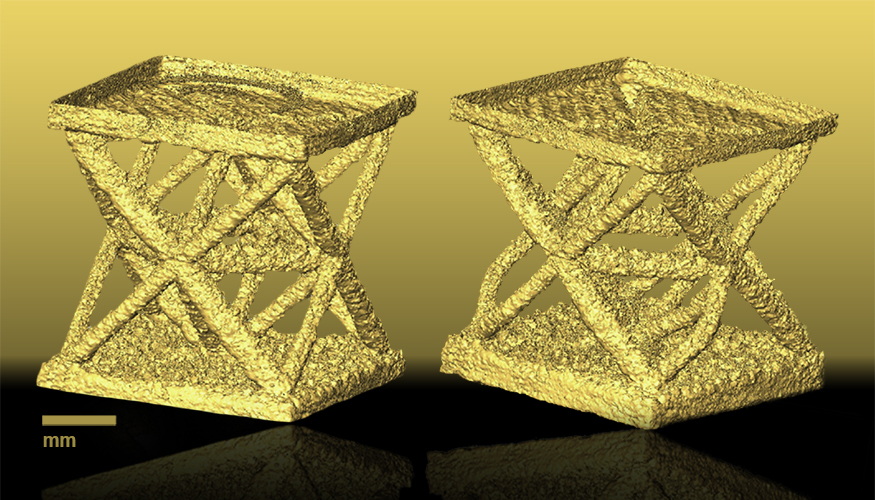The simulation of powder bed based 3D printing processes is now possible in Altair’s HyperWorks software suite. The 3D design software was previously used to design the APWorks Light Rider motorcycle.
The utility is provided by Additive Works’ Amphyon program, and is designed to assist the laser melting process for improved quality and stability of metal parts.

Intuitive automation
Amphyon is a computer aided engineering (CAE) solution. With the software, engineers and designers can optimize the metal 3D printing process from a number of perspectives, including time taken in post processing, addition of support material, build time and position of the part within the build chamber.

Detection of such parameters is integrated into the program, enabling automation of settings such as part orientation and 3D printing process simulation.
Another example of features in Amphyon is Sinter Guard which helps to improve the surface quality of a 3D print. In order to perform this function, the software “Adapts the scanpower/-rate based on the local geometry and optimizes the thermal input according to most recent scientific knowledge.”

A money-saving solution
Through the digital simulation of the processes, the program saves time and material spent in the production run of a component on a 3D printer. Dr. rer. Nat. Nils Keller, Co-Founder & CEO of Additive Works, explains,
Amphyon was designed to replace the experiment driven development of build-up strategies in laser beam melting with simulations and geometry analyses. Due to the numerically calculated knowledge about process-induced thermal and mechanical loads, the build-up process can already be optimized on the level of pre-processing. This will save HyperWorks users a lot of resources and additionally enhance the part quality as well as the level of automation.
Subir Roy, Senior Director of Industry Solutions at Altair, adds,
Amphyon’s innovative approach to 3D printing simulation provides an efficient and practical solution to benefit a wide range of industrial users involved with designing and printing complex metallic parts. The GPU based software with its intuitive GUI enables the user to do trade-off studies for part orientation as a function of accessibility, support volume, build time etc. Distortion calculations from simulation can be used to compensate the part geometry to minimize deviation from the design target.
The theory of metal 3D printing
Mathematical simulation for metal 3D printed parts is one of the key areas of research for academics in the field of engineering. A paper from Californian federal research facility Lawrence Livermore National Laboratory has used topological analysis to predict the structural integrity of 3D printed metal lattices.

Computational simulation also features heavily in Alban Leandri’s in-depth review of the challenges to metal additive manufacturing and build-chamber metrology.
Stay up-to-date with the latest 3D printing news by subscribing to our newsletter and following us on twitter and Facebook.
Featured image: HyperWorks optomized metal frames for 3D printing. Image via Altair HyperWorks on Facebook



